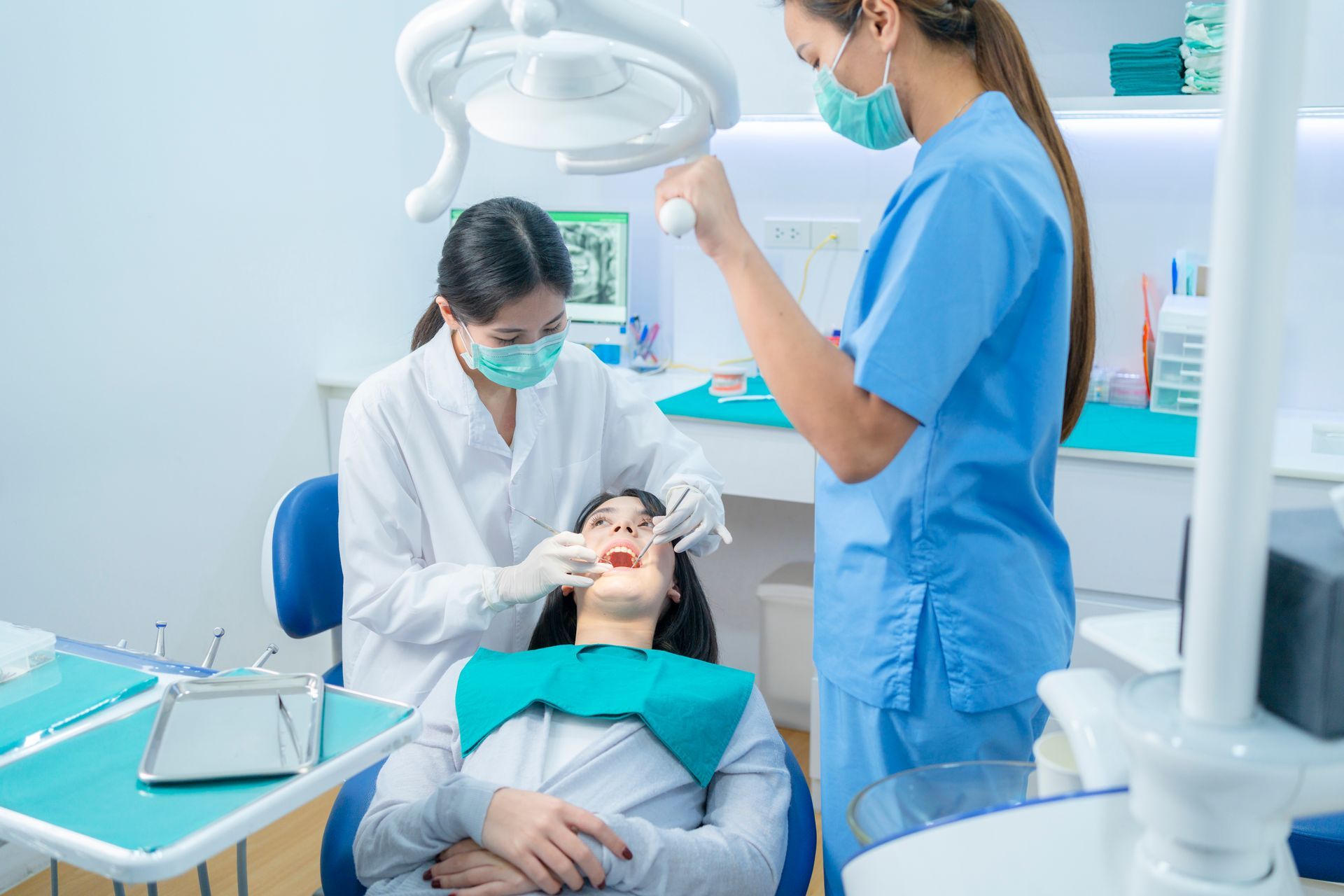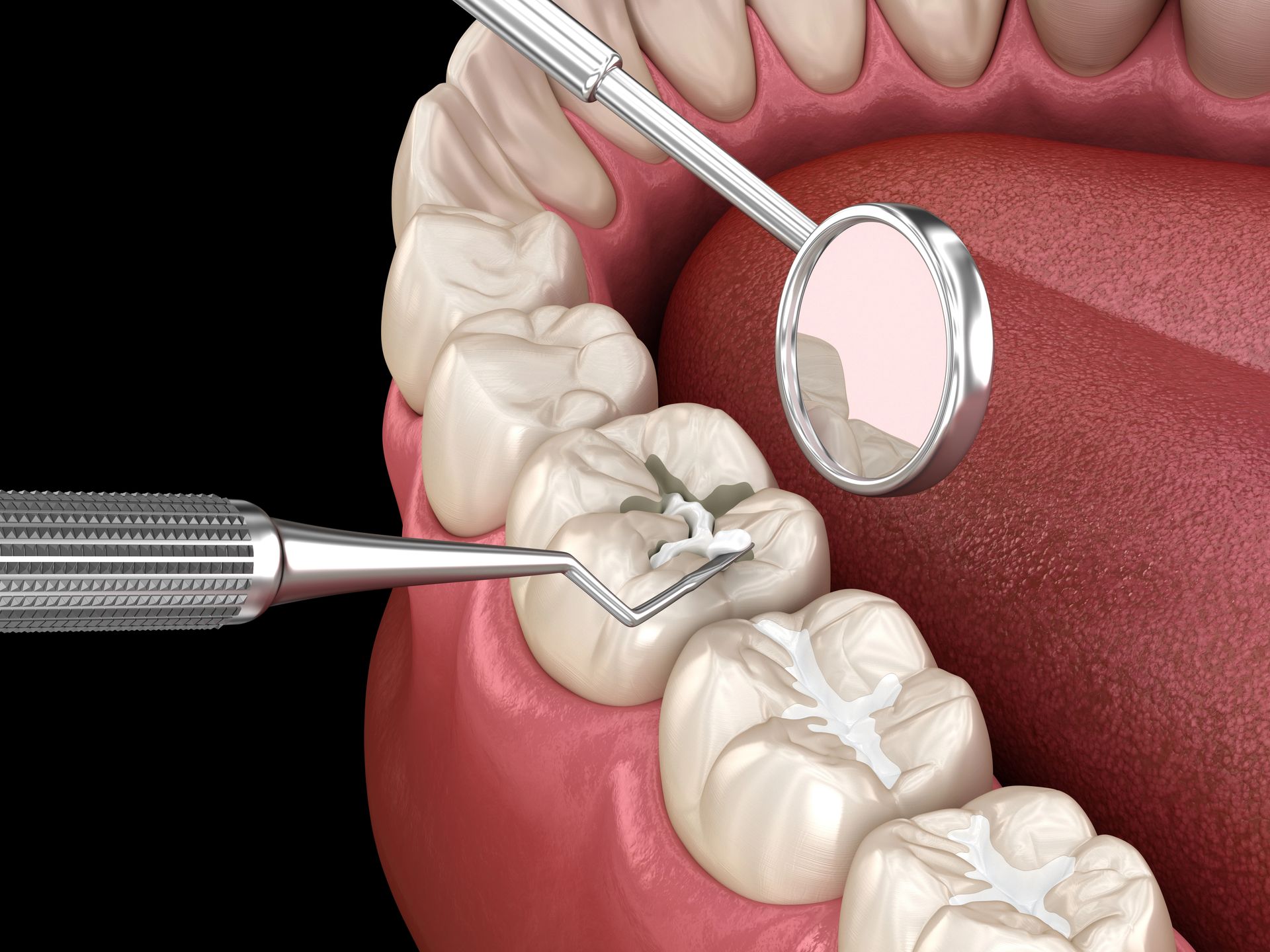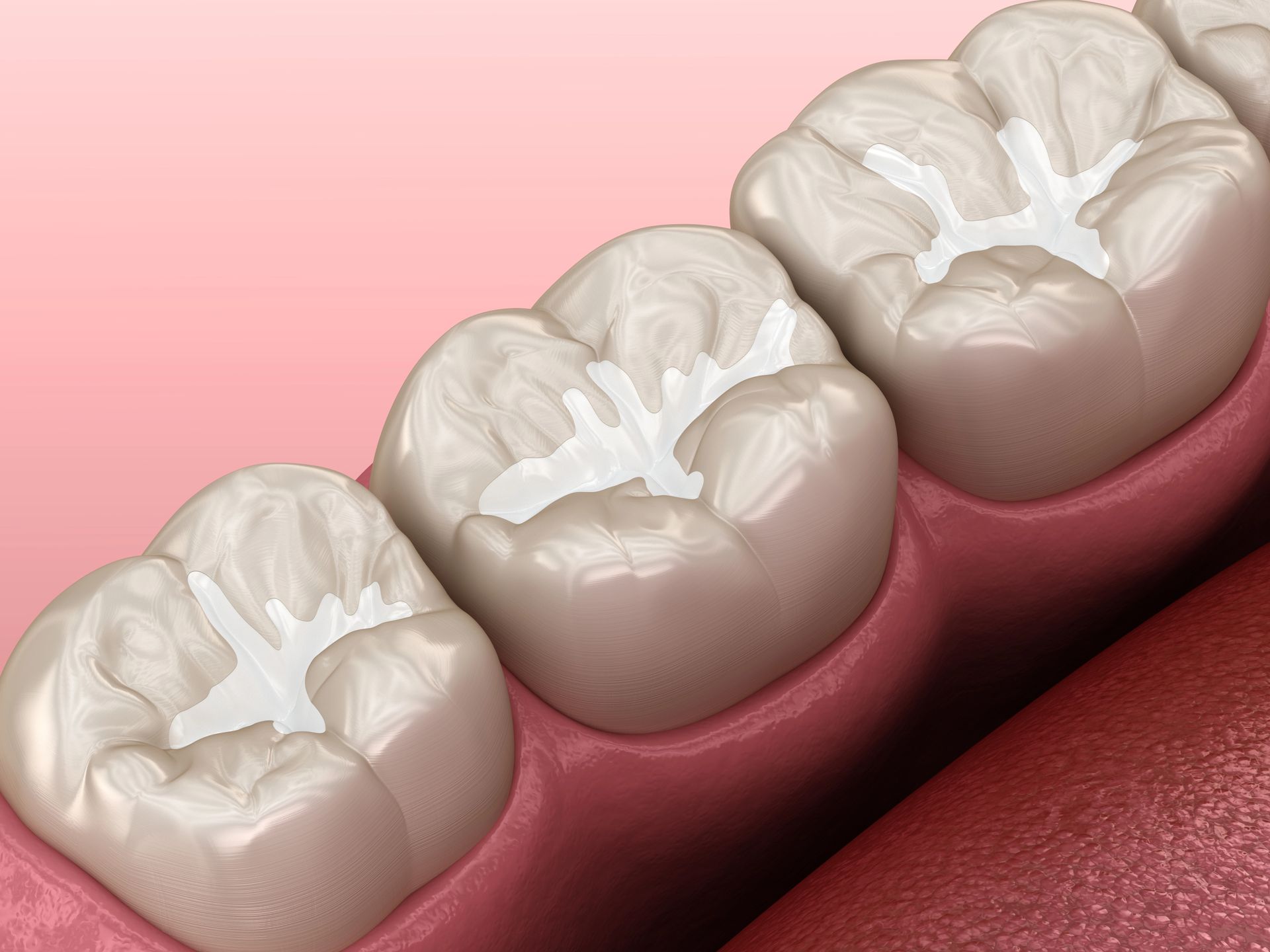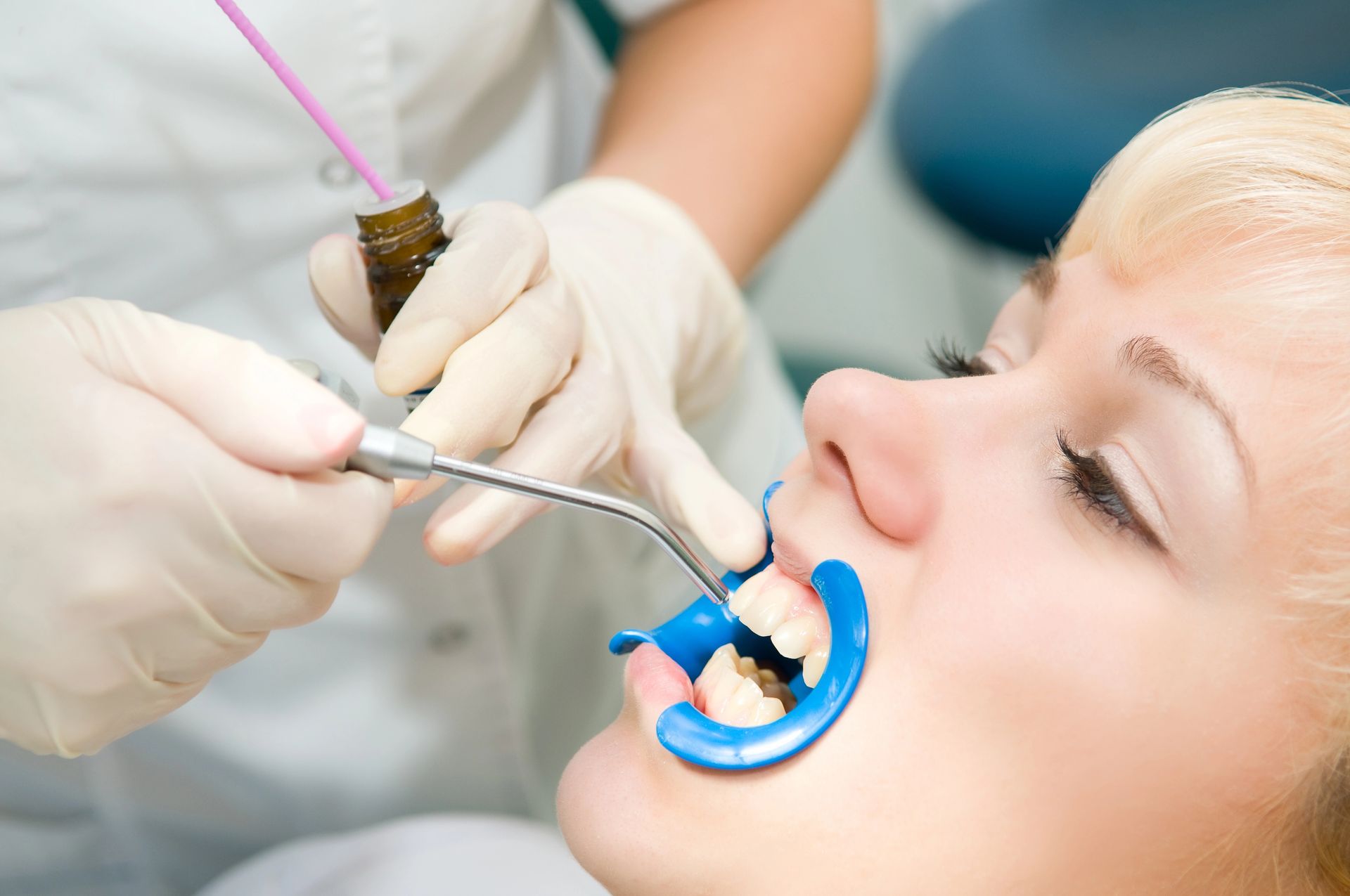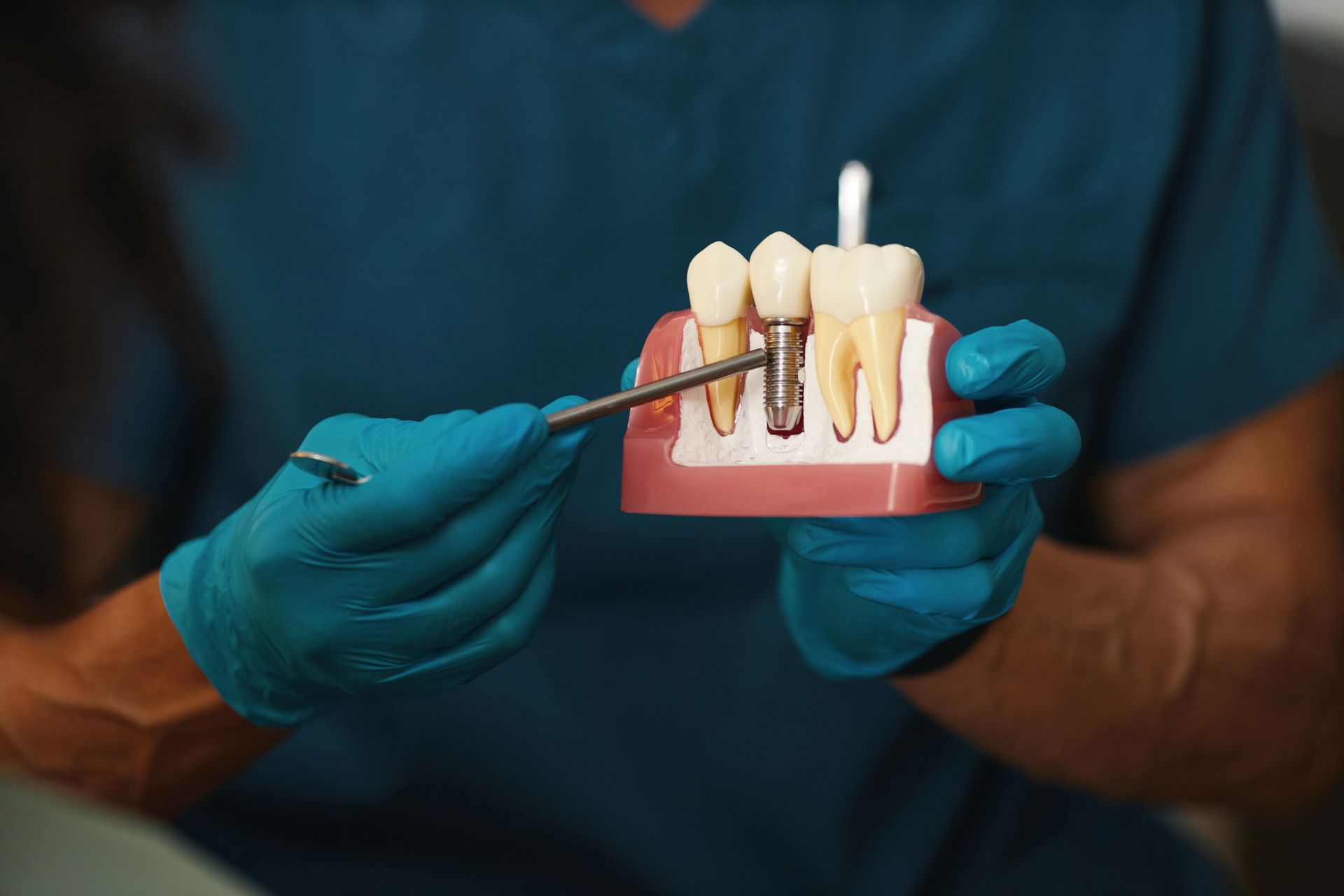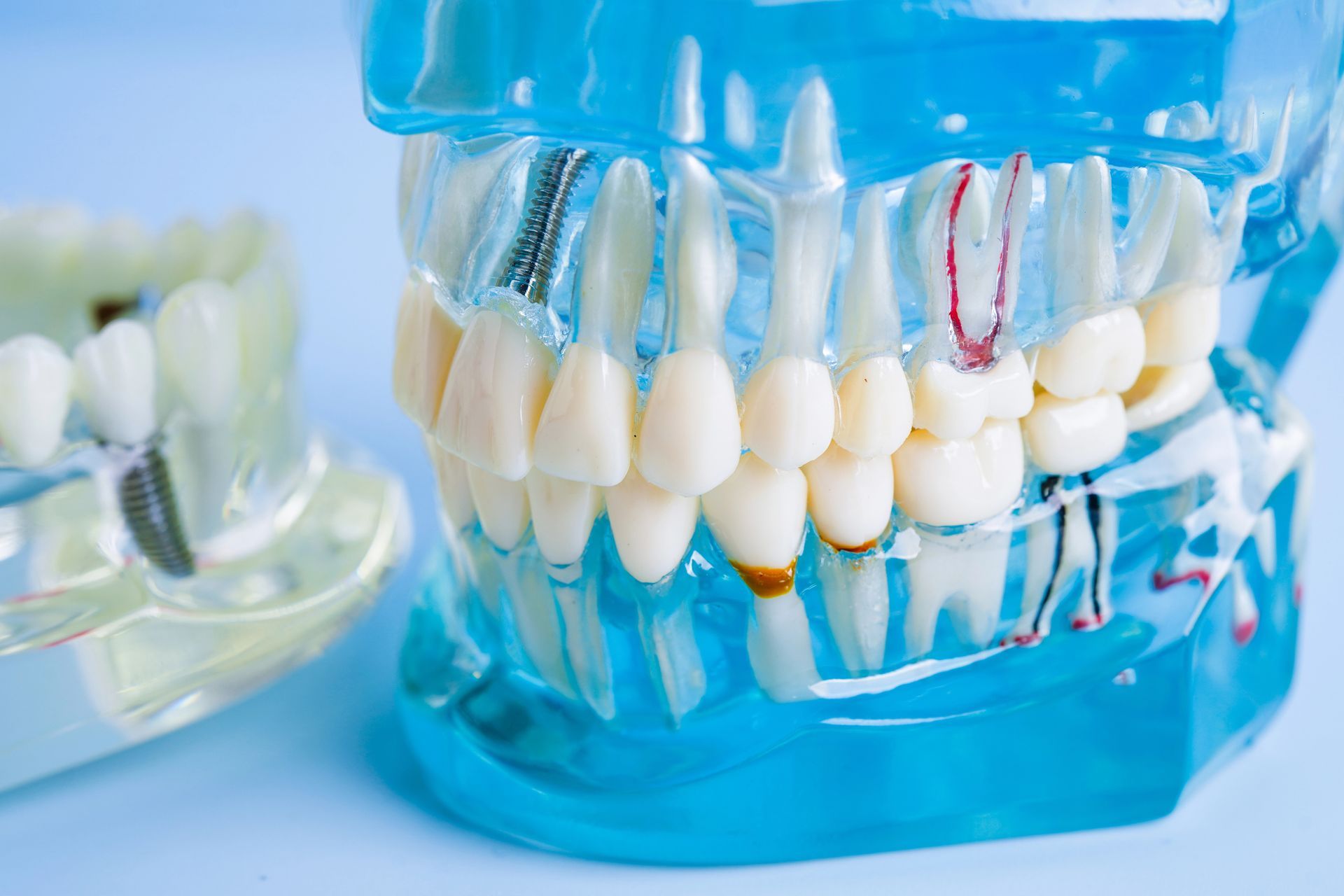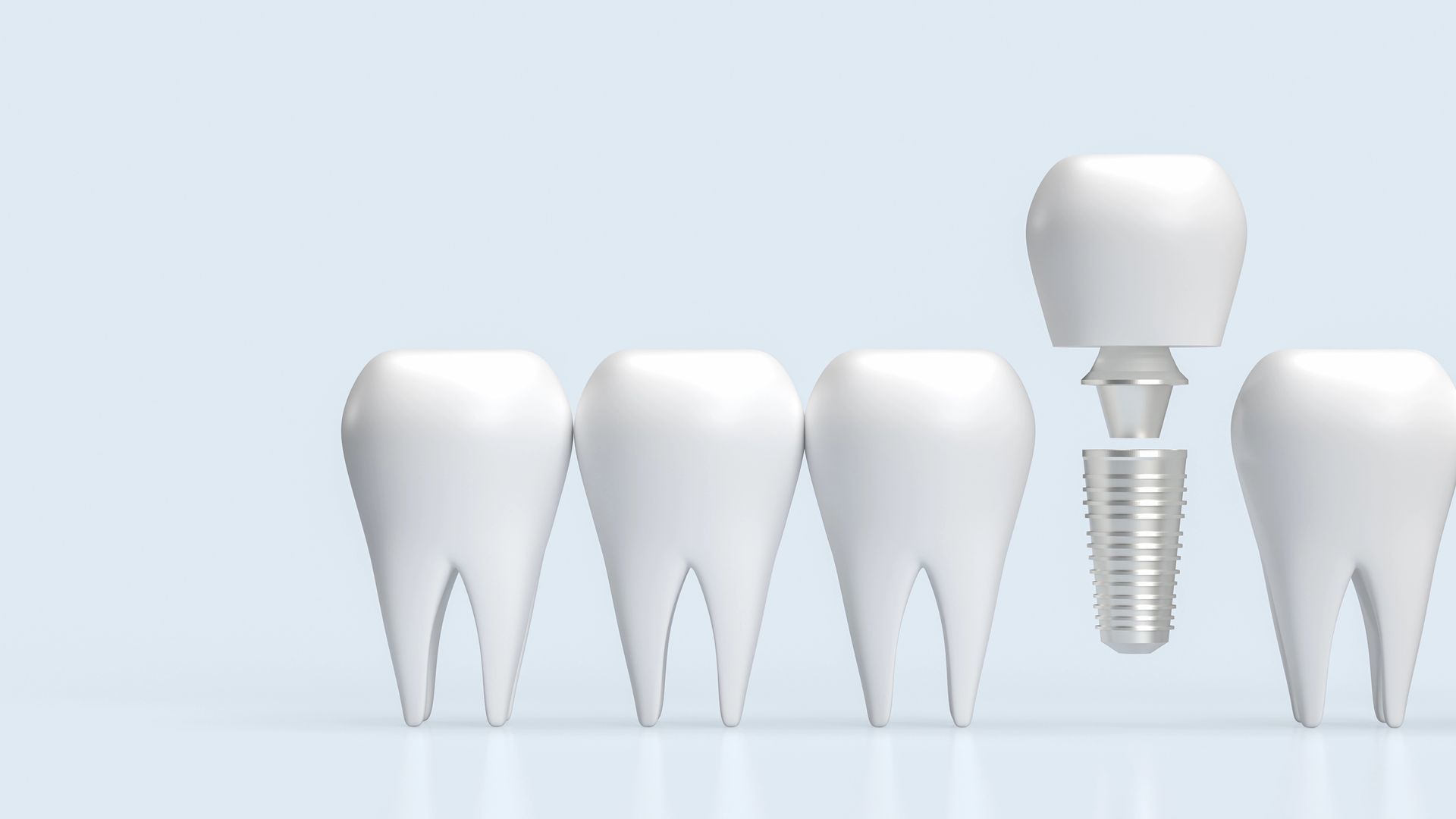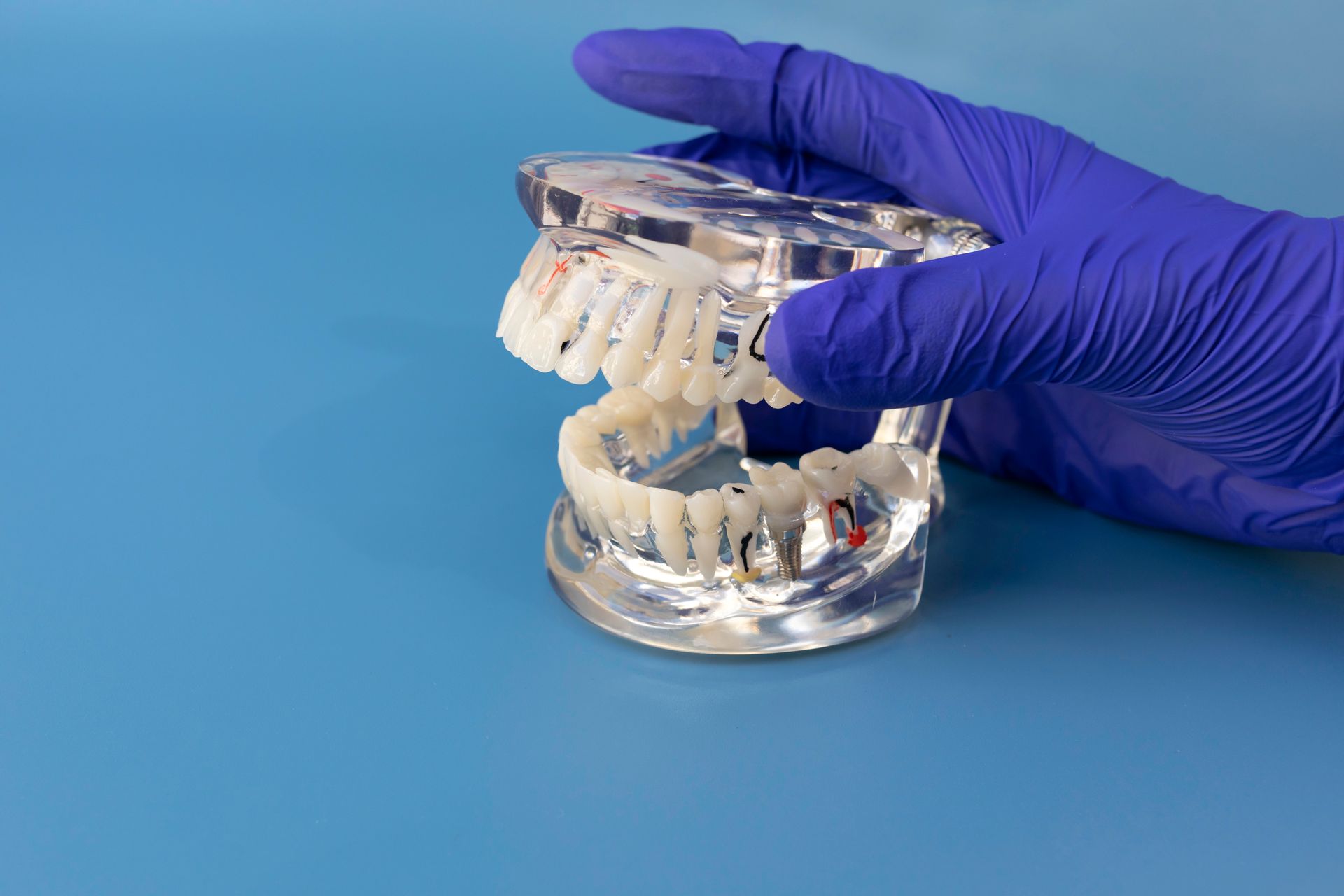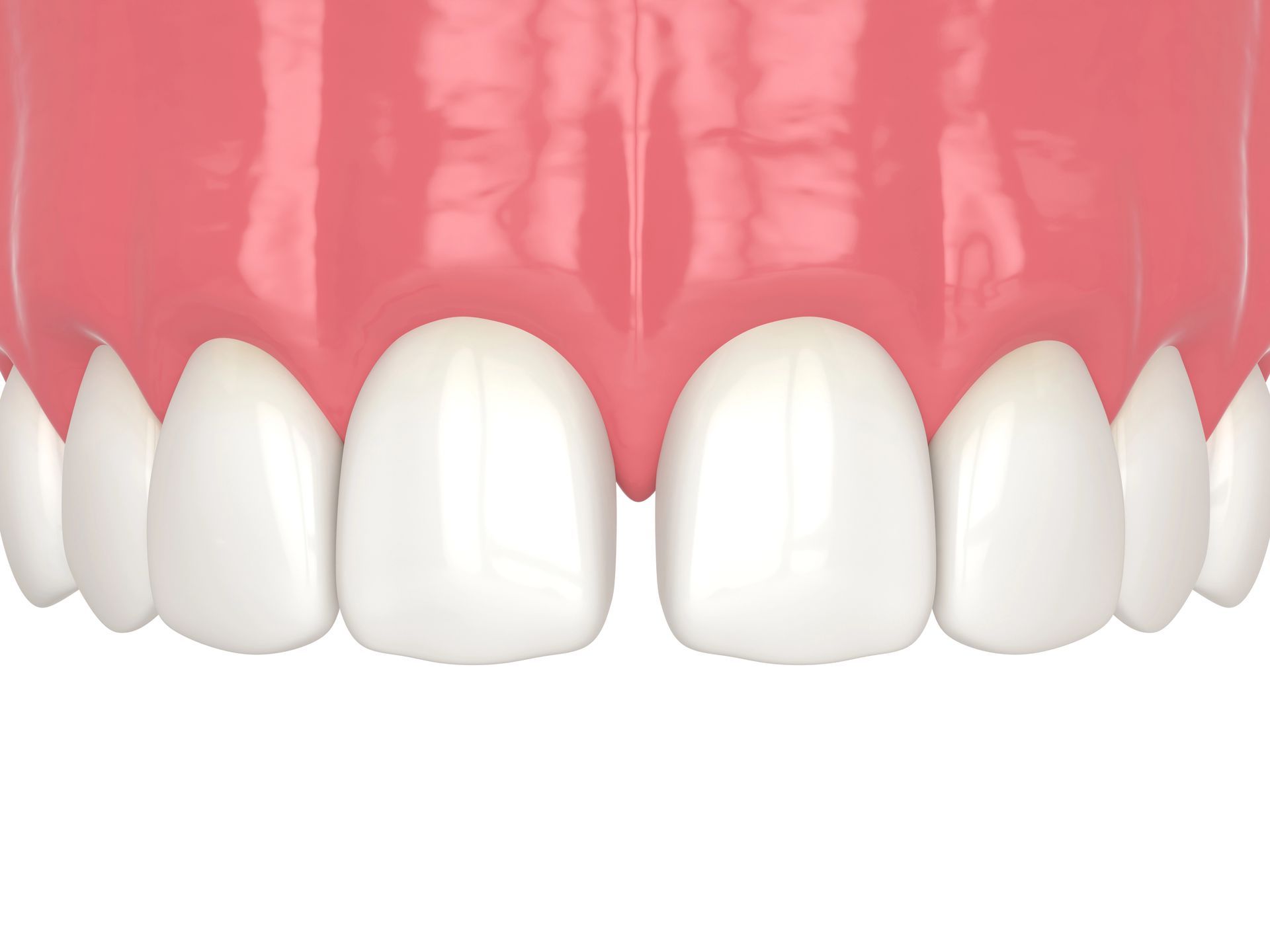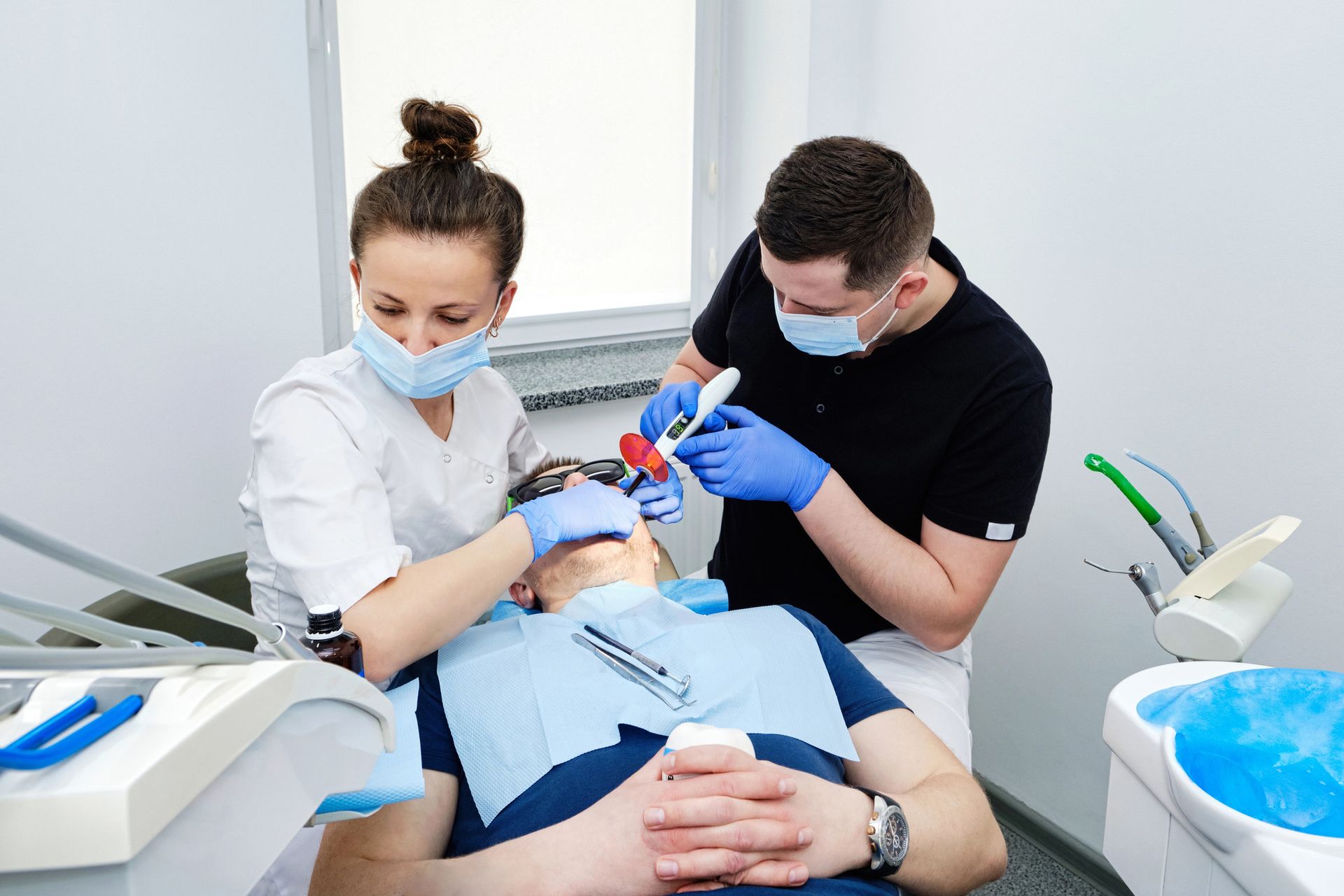Are you curious about how professional teeth whitening works? This process generally involves a dental professional who uses various techniques to help brighten your smile. Each method varies in approach, but all aim to achieve a lighter shade of teeth through safe, controlled procedures.
Types of Professional Teeth Whitening
When considering professional teeth whitening, it's important to understand the various methods available through dental professionals. These procedures are designed to enhance the brightness of your teeth effectively and are typically performed in a dental office. The techniques and technologies used can vary, but all aim to achieve a lighter shade of your natural tooth color.
For more detailed insights into what these procedures involve, you might want to read about
Teeth Whitening by Dentists: Secrets to a Whiter Smile. Generally, professional teeth whitening options include in-office bleaching, which often uses a higher concentration of whitening agents compared to over-the-counter products. This method usually yields immediate results. Another common approach is a dentist-supervised at-home whitening kit, which is tailored specifically to the patient's needs for use at home over a period of time.
How Professional Whitening Works
Professional teeth whitening is a popular cosmetic dental procedure aimed at enhancing the brightness of teeth. The process typically involves the application of a whitening agent directly to the teeth. This agent contains bleaching chemicals that break down stains and discoloration on the tooth surface, which can result from various factors like diet, smoking, or age. The procedure is generally performed by a dental professional in a clinic setting, ensuring that it is done safely and effectively.
The effectiveness of professional teeth whitening can vary based on the original shade of the teeth and the extent of discoloration. However, many find that this method helps achieve a noticeably whiter smile in a relatively short amount of time. For more detailed information on this procedure, you can visit
Professional Teeth Whitening in Columbia.
Benefits of Professional Teeth Whitening
Professional teeth whitening is a popular choice for those looking to enhance the brightness of their smile. This method, performed under the guidance of dental professionals, ensures a thorough and effective whitening experience. The primary benefit of professional teeth whitening is its ability to significantly improve the appearance of teeth, boosting one's confidence and self-esteem.
Additionally, because the procedure is managed by experts, it is generally considered safe and tailored to meet individual dental needs, ensuring that results are both noticeable and aesthetically pleasing.
Common Concerns with Teeth Whitening
When considering professional teeth whitening, many individuals express concerns about potential side effects such as tooth sensitivity or gum irritation. Others worry about the effectiveness of the treatment, questioning how much whiter their teeth will become and how long the results will last. These concerns are quite common and reflect a general caution that people feel towards cosmetic dental procedures. It's important for anyone considering professional teeth whitening to discuss these concerns with a qualified dental professional to gain a clearer understanding of what to expect.
For those in the Columbia area seeking more information, Design Dentistry Columbia is a resource you might consider. Visit this
Columbia Dentist for more details.
The Role of Dental Professionals
When considering professional teeth whitening, the role of dental professionals is pivotal. These experts are equipped with the knowledge and skills necessary to assess the suitability of various whitening procedures tailored to individual needs. Their understanding of dental health allows them to oversee the whitening process, ensuring that it is conducted safely and effectively, while also monitoring the overall oral health of their patients.
Engaging with a dental professional can provide individuals with the assurance that their teeth whitening process is managed with precision and care.
Understanding Teeth Stains and Discoloration
Before diving into the best methods of professional teeth whitening, it's crucial to understand the common causes behind teeth stains and discoloration. Teeth can become discolored due to a variety of factors, including genetics, the foods and drinks we consume (like coffee, tea, and red wine), smoking, and inadequate oral hygiene. Aging also plays a role, as the enamel on teeth wears down over time, revealing the darker dentin beneath.
Professional teeth whitening treatments target these stains effectively, offering a brighter smile by using advanced techniques that are designed to lighten or eliminate these discolorations. Understanding the underlying causes of your teeth's appearance can help you choose the most effective whitening method tailored to your needs.
Duration and Longevity of Results
When considering professional teeth whitening, it's essential to understand the duration of the procedure and the longevity of the results. Typically, a professional teeth whitening session can last between 30 minutes to an hour, depending on the method used and the desired level of whiteness. The results can be quite long-lasting, generally ranging from six months to two years.
However, the longevity of your whitening results will largely depend on your dental hygiene practices and lifestyle choices, such as avoiding staining foods and drinks. Regular touch-ups and following the aftercare advice provided by your dental professional can help maintain your bright smile for longer.
Safety Measures in Teeth Whitening
When considering professional teeth whitening, it's crucial to prioritize safety to protect your oral health. Always choose a licensed dental professional who uses approved whitening agents and follows the latest safety protocols. Before undergoing any treatment, discuss any sensitivities or allergies with your dentist to tailor the procedure to your needs. Additionally, follow all after-care instructions to minimize risks such as gum irritation or tooth sensitivity.
By taking these precautions, professional teeth whitening can be a safe, effective way to brighten your smile.
Evaluating Candidacy for Teeth Whitening
When considering professional teeth whitening, it's crucial to evaluate whether you're a good candidate for this cosmetic treatment. Factors such as the presence of restorations (like crowns or veneers), the degree of tooth discoloration, and overall dental health play a significant role in determining the effectiveness of whitening procedures. Consulting with a dental professional can help assess your suitability for professional teeth whitening, ensuring that you achieve the best possible results without compromising your dental health.
Conclusion
For more insights on professional teeth whitening, feel free to call us at
803-667-3919 or
read our reviews on Google Maps.

